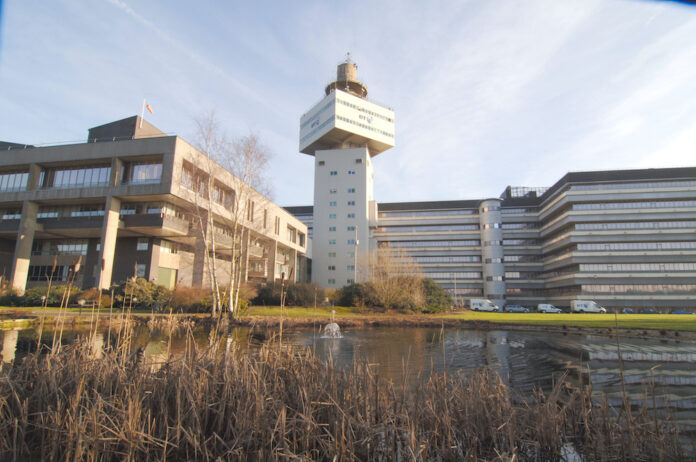New antenna are 100 times more sensitive and less needy
UK telco BT has discovered a way to make ‘excited atoms’ work as ultra-sensitive 5G receivers for use in very low power passive mobile networks. They could minimise 5G running costs while maximising coverage.
Though still in its infancy the technology has proved itself 100 times better than normal radio frequency (RF) receivers. The magic ingredient is a new ‘hyper-sensitive quantum antenna’ technology that uses excited atomic states to make 5G and IoT networks perform better.
It could be used to create smaller but more powerful versatile antennas that run on minimal power. The quantum antennae offer a tuneable operation from very low frequencies, can detect both analogue and digital modulation and need less power to run their much simpler electronics.
Miniature receivers with massive capacity city than can run on minimal energy would give BT’s EE network powerful impetus, according to Howard Watson, CTO of BT. But these are early days for the technology. “We’re proud to be playing an instrumental role in developing cutting edge science,” said Watson.
The new ‘Atomic’ Radio Frequency (ARF) receivers can detect much weaker signals than conventional receivers than convention radio wave listeners can pick up. The receiver works by using a quantum effect, electromagnetically induced transparency, to form a highly sensitive electric field detector.
The technology breakthrough was made at BT Labs in Martlesham, where a digitally-encoded message was received on a 3.6GHz (5G) carrier frequency. Until now, simple audio has been received using much higher frequencies but this trial is the first industrial demonstration to use digital modulation that fits within one of mobile operator EE’s main commercial 5G frequency ranges.
Researchers at BT Labs in Martlesham are now working to miniaturise the equipment and find the optimum RF modulation and signal processing for potential use in future generations of radio networks.
“BT’s investment in cutting edge R&D plays a central role in ensuring the UK remains a network technology leader,” said Watson.
BT holds multiple patents associated with the atomic RF receiver and it’s the first company to make use of the technology to send a message at 3.6GHz. Earlier this year, BT also had its first external publication on its atomic RF Receivers accepted for publication in the prestigious Journal of Lightwave Technology.


